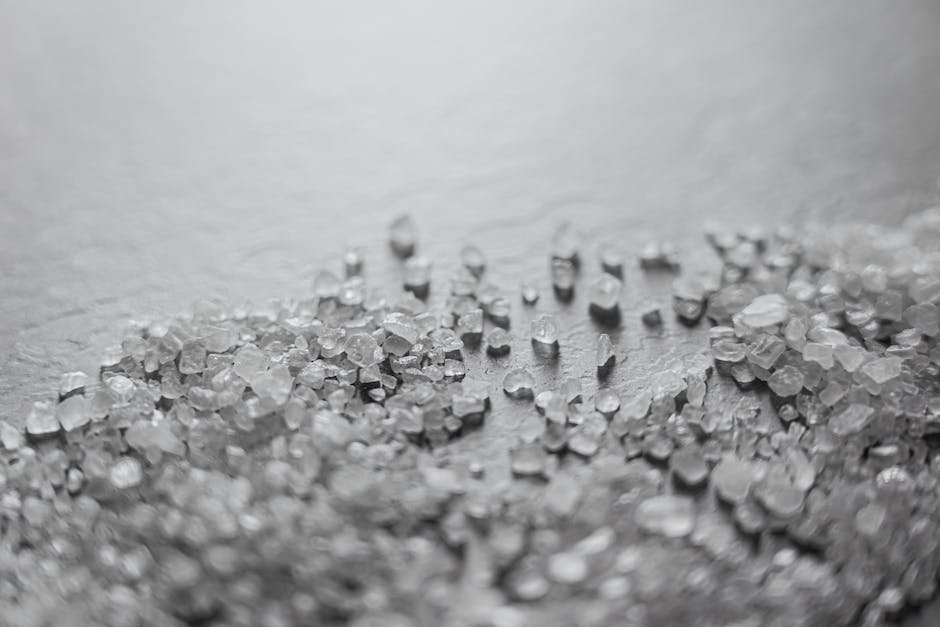When you’re doing some grocery shopping or other daily tasks, you’ll come across the term gallon frequently. The word comes from the Latin word for liquid measure, gallehus. This unit was replaced by metric units years ago, but it is still used today!
The most common way to refer to a gallon is as “US gallons”. These are referred to as “drum” gallons because they were made out of drums that have been hollowed out and extended. A very similar system was adopted by the British during the Industrial Revolution. They called their version “Imperial gallons”, which are no longer commonly used.
To make things even more confusing, another name for this amount is “liquid ounce.” Liquid ounces take into account how much space the fluid takes up when compared to the size of a cup. It does not weight anything nor do we use any kind of measuring device to determine what an ounce looks like! That is why there can be so many different definitions for what one measuemnt of a gallon actually equals.
This article will try to clear up all the confusion by defining exactly what a gallon means.
Why is there a difference between US and UK gallons?

In America, we use what’s called the Imperial system of measurement for liquid volume. The imperial system was introduced by King George III to make it easier to compare one gallon with another.
Prior to this, liquids like water needed to be measured in fluid ounces which wasn’t very practical or easy to do at home. A normal amount of fluid ounce size varies depending on the container that you’re measuring into (cup sizes differ) but 1 fluid ounce = 0.033 liters – that’s 3.3 mL or 0.33 ozmes per 1 cup.
So if you wanted to know how many ounces of liquid are in a given volume, simply divide that volume by 0.033 to get your answer! For example, if you want to know how many inches are in 5 cups then just multiply 5 by.033 (5 divided by 10 is a half so now you have 0.05 * 0.033 = 0.01667 or about 1/16th of an inch).
That makes sense right?! So why not apply that logic to figuring out how much liquid equals a specific weight in our liquid measurements? That way you don’t have to worry about different sized containers having different amounts of content!
The reason that we don’t use this method in the United States today is because the American National Bureau of Standards got rid of the word “gallon” back in 1930.
How many 16.9 ounces in a gallon?
That is what we are talking about here! Luckily, there is an easy way to figure this out. All you have to do is divide 16.9 by 0.82 to get 3.64!
That means if your drink of choice contains two parts water then one part vodka, you would need three 64 ounce glasses to fill up that amount.
Does it matter?

It seems like a lot, but it really doesn’t when you look at it as volume rather than weight. Take a look at your favorite beverage – say, Starbucks’ iced green tea.
It is usually about 4 ounces (100 mL), which is one cup. That is about eight tablespoons, or just over 2 pounds per gallon!
That means if there was 1 pound of water in each container cap, then that would be the exact amount of water in each bottle!
I know this may seem ridiculous to some, but I bet most people are not aware of how much liquid their drink contains.
Volume isn’t an easy thing to quantify, but I hope my explanation helped clear up any confusion! Beverages can vary quite a bit depending upon what flavor they have, so do not worry too much about numbers.
You should always measure liquid with a hydrometer
A hydrometer is a tool used to test the specific gravity of liquids. The term “specific gravity” comes from physics, where we use it to describe the density of matter.
A standard hydrometer has two ends. One is marked “liquefy” and the other “dry.” When you drop some of the liquid onto the dry end, it forms a ring due to surface tension. As you pull up the stem, the shape of the droplet tells you how much pressure was needed to break down the bond between molecules in the fluid and the water surface.
The longer the time it takes for the drop to form, the more dense the liquid is. The shorter it takes, the less dense it is. By comparing the times it took to form a solid layer with different liquids, we can determine their relative densities. Because alcohols run slower than most fluids, we can calculate its density by taking one step back from the normal formula.
We take the ratio of the volume of alcohol in a given amount of liquid and multiply that number by the average density of water to get an estimated value. Then, we divide this number into the original amount of liquid to find our final result.
How do I convert ounces to grams?
While it is easy to calculate how many grams in one ounce of butter, chocolate chips or coconut oil, it gets more complicated for other liquid ingredients.
Most recipes call for an exact number of ounces but sometimes this ratio contains liquids that are not measured directly into a glass container. These types of drinks require you to know how much liquid there is in the recipe compared to what amount of dry ingredient you have left. This way, you can figure out how many grams each part of the drink contributes to the total weight.
For example, if your recipe calls for six tablespoons of cocoa powder and two cups of milk, then you would need to subtract two cups from two years to get how much milk there is in the drink. After doing so, you could measure the remaining cocoa powder and multiply by.066 to find the amount of gramms per cup!
This article will teach you how to determine the ideal amount of sugar needed for any given recipe while also figuring out how many grams of sugar each part of the recipe has. You will learn this method for both classic recipes and veganized versions.
How do I convert grams to ounces?

In our article about what is needed to make one gallon of liquid, we mentioned that you need to know how many tablespoons are in a teaspoon. And now, we are going to tell you how to calculate this very important information!
You can start by multiplying your number of teaspoons by 0.033, which is one tablespoon per three-tenths of a cup. This equals two tablespoons per half a cup! (Two tablespoons equal one ounce.) So if you have a total of eight teaspoons, then you would multiply that times.0333, or 2, so you get twoounces each time you measure out a new batch.
Experts agree that using exact amounts of sugar for recipes will ensure perfect results every time. As you begin to mix your recipe, be sure to check out our tips here for more tricks to learn.
Hopefully you learned something new today! If there’s anything specific you want to learn, leave a comment below and let us help you along.
What is the difference between US and Imperial gallons?
The important thing to know about measuring liquid volume in both the United States and Canada, and internationally using the metric system, is that there are two different ways of defining what an imperial gallon is.
One definition uses the cubic inch as its fluid measure, while the other defines it as the amount of fluid that a glass bottle one-thousandths of a liter in diameter can hold. This means that even though they use the same number for the size of the jug, liquids that come in the same container size may be measured differently!
The easiest way to remember this is that if you have a bottle with a thousandth mark on the side, then adding up all those marks equals out how much liquid it holds. For example, a 2,000 ml (or 2 liters) water bottle would have two thousand individual marks, making 2 litres total.
This applies to most glasses and bottles, but not necessarily all sizes. A 1,000 ml wineglass has only one marking at the top, so it measures just 1 000ml or 0.
What is the difference between UK and Imperial gallons?
In the United Kingdom, there are 32 British imperial fluid ounces (oz) in one US gallon. One Britisher pooch needs at least 2.5 litres of water per day!
That’s nearly five times more than an American dog!
In fact, some dogs need up to six or seven litres of water every day!
To make it easy for you to do math, we have calculated how many oz of liquid your pooch requires.


















